
The 11 Best Back Exercises To Blast Your Muscle & Strength
Many people will blow the anatomy and function out of the water, an error of grave proportions.
Understanding the different muscles of an individual muscle group and their distinct parts is essential in determining the ideal exercise program.
Understanding how muscles work helps identify the right exercises much simpler.
Let’s begin by examining the exercises that you’ll be using.
These will be the exercises for your back, bicep, and calves exercises.
We’ve compiled a list of the top 11 back exercises that can help you build bigger back muscles and increase your back strength.
The 11 Best Back Exercises To Blast Your Back Muscles & Power Up Your Strength
#1 Rack Pull
Rack pulls are an incredible movement and are the most effective for loading up on some huge weight.
A few lifters who aren’t educated view this pull as a “cheat” deadlift; however, the ones “in in the know” think of it as an entirely independent move.
Although the motion is identical to deadlifts, the bar is set at an increased height you prefer.
This reduces the movement range, which means you can lift more weight.
Additionally, it is basically the second phase of the deadlift.
This is where the back is involved more.
So, it is important to place the bar about an inch above knee height.
If the settings above are only a couple of inches above your knee, choose the one below your knee or the one closer to it.
While this exercise will be a major blow to your back and backside, it’s also an impressive exercise for the traps.
Numerous studies have proven that the trap muscle has the most EMG activation when the bar moves from knees to lockout during the deadlift.
To get the maximum activity, adequate weight has to be applied, so the deadlift is best executed using heavy weights with low reps and high sets.
#2 Snatch-Grip High-Pull
If you note those who have some of the best upper backs, you’ll see that Olympic lifters rank in the first place.
This is because of the immense force they create on their backs when cleaning and snatching. But, Olympic movements require many technical skills and the right coaching.
That is to say, they’re not for everyone.
The snatch-grip high pull removes the most important part from the exercise and eliminates the rest.
The high pull begins with the bar lying on the ground, just like the deadlift, but you hold it with a larger grip, similar to the snatch.
Then, you explode using the triple extension and then use the power to assist your arms in pulling the bar until it reaches your shoulders level.
You’ll need bumper plates to perform this move since the bar will be placed back on the floor with a steady drop.
This is best done by using low reps, multiple sets, and a sufficient amount of time between each repetition (NOT REP, SET) since you’ll require time to set up.
So, in other words, take your time.
#3 Chin-Up
Chin-ups are kings of pulling exercises.
And yes, I’m talking about pulling.
Many people will refer to pulling up (which is also great); however, the chin-up is superior in muscle mass and the capacity to lift. Proof?
What’s more simple to do: pull-ups or chin-ups?
Unless you’re among the rare ones that say the chin-ups.
Many people mistakenly believe that the pull-ups are superior because it’s harder; However, the difficulty level in an exercise isn’t a factor in its efficacy.
Actually, chin-ups are simpler because you’re using muscles with more mass.
This means you’re able to put more stress on it.
Additionally, you’re getting a great bicep workout too.
Bret Contreas used EMG readings for an at-home assessment of pull exercises.
The program included a variety of exercises, ranging from deadlifts to curls with hammers.
Are you aware of which exercise produced the most EMG measurements in your biceps?
Weighted chin-ups!
This is because the elbow flexion is a full range of motion, which means the body can be pushed to the limit.
Keep in mind that this motion is based on your body weight; thus, the intensity will be the same for everyone in the range of 4-6 reps.
For certain people, that means weighted for a while. For others, it’s not.
Chin-ups, in fact, is an excellent exercise that you’ll do them twice as hard as other movements.
#4 Barbell Front Shrugs
If you want to really hit the traps, the most effective method is to use front shrugs from the barbell.
Barbells force you to take an extended grip, with your hands positioned towards the body.
This can benefit the growth of your traps to their maximum potential:
Expand your range of motion.
When contrasted with dumbbell shrugs placed to the back on the back, you will observe that there’s much more movement with front shrugs.
One reason for the greater range of motion is that you are pulling your shoulders forward, thereby extending your scapula.
Keep in mind that one of the most important reasons for traps is controlling scapular motion.
So, not only are you pulling upwards, but you’re also pulling back and forward when you pull back your scapula.
This makes the front shrug on the barbell one exercise with the highest rating when measuring EMG.
The barbell shrug is a move that permits a heavy load.
When making these moves, you should use heavy weights with slow repetitions.
While the range of motion is greater with front shrugs, it’s still a small amount.
Therefore, you should use slow reps to gain as long a period as you can.
#5 Dumbbell Bent Over Row
The bent-over rows of dumbbells are sure to ruin your middle back but in a good way.
Rack pulls and shrugs will take the strain off your back, and these rows will assault the traps of your lower and middle and get a great exercise in your thighs.
Furthermore, because of the unidirectional nature of the exercise, it is likely that you will do some core work and also fight against your body to stop rotating.
However, the dumbbell bent-over row is a great exercise for strengthening your back.
#6 Lat-Pulldown On Your Knees
The lat-pulldown, but with an added twist.
The name implies that you’ll do the lat-pulldown sitting on your knees.
Regular lat-pulldowns are good, too; however, doing them on your knees adds an additional advantage.
Since you’re not capable of bracing yourself using your knees, pull-downs from your knees require complete bracing of your entire body, just like the pull-up.
In actual fact, the study showed that the EMG readings from lat pull-downs from knees were most similar to pull-ups.
However, this particular exercise will concentrate upon the lats.
#7 T-Bar Rows
We love T-Bar rows.
Barbell rows are fantastic; the T-bar row tends to let people use more weight for huge backs. Furthermore, because the weight is placed on an angle, they are likely to be more active than a barbell-based row where the weight is pulled straight down.
If you don’t own equipment specifically designed for T-bars or a landmine set-up. Both are a good choice.
#8 Standing Back Rows
There are already dumbbell rows and the T-bar rows, so there’s no need for another row.
Except for the standing row.
They are done with an incline pulley, and any handle could be used, including a Neural straight bar rope.
Make sure you try a variety of it.
Whatever the location, these are all standouts is; you’re performing these exercises standing up and require a greater amount of stability throughout your body’s core (and your body in general).
#9 Swimmers
In the previous article, we discussed Olympic lifters who have amazing backs.
Are you aware of anyone else who is doing this?
Swimmers!
The basic idea behind swimming is to duplicate the freestyle movement using loads.
They’re relatively easy to master, and all you require is the pulley system.
The most crucial aspect of this exercise is to keep your arms straight and pull them down.
Make sure you don’t pull your elbows forward.
#10 Face-Pull
Face-pulls are essential for every athlete since they’re a great way to improve upper back capacity and durability.
But, performing these movements regularly can significantly enhance the control of your scapula and shoulder flexibility.
Face-pulls are best performed using low weight and higher reps.
Incorporating an effective squeeze at full force is always an excellent idea.
When performing this exercise, make sure you are aware of lifting your scapula to the back.
#11 Back Extension
The last thing to mention is back extensions for the back.
For the clarity that you’ve developed your erector spine quite well already through the previous exercises.
But, we’re looking for specific moves, so we’ll put them in as the final back workout.
But, given that your back is already exhausted, you’ll do only one set until the point of failure, and that’s all.



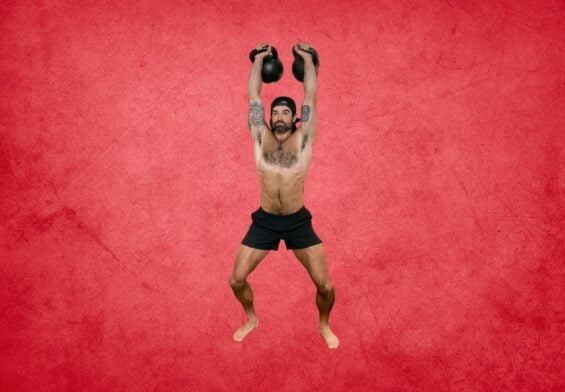
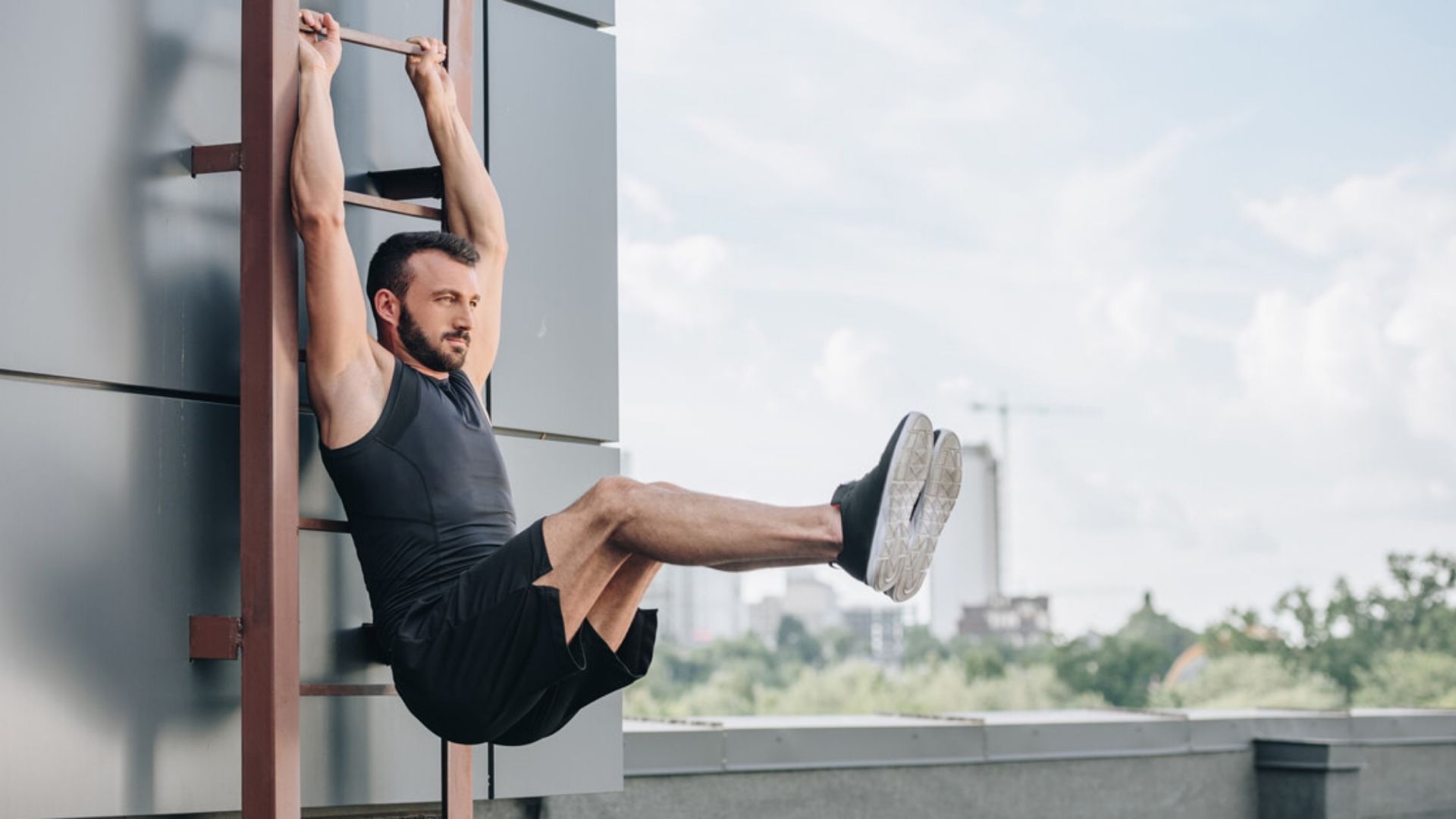
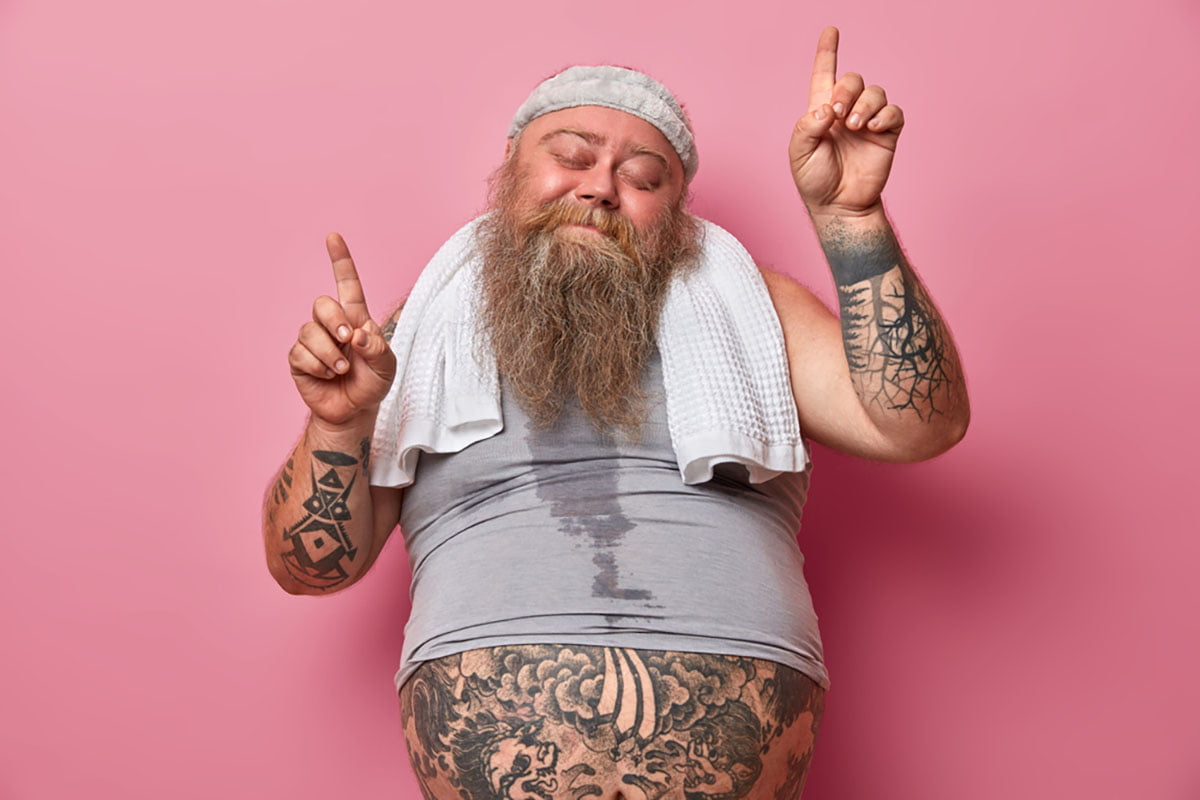
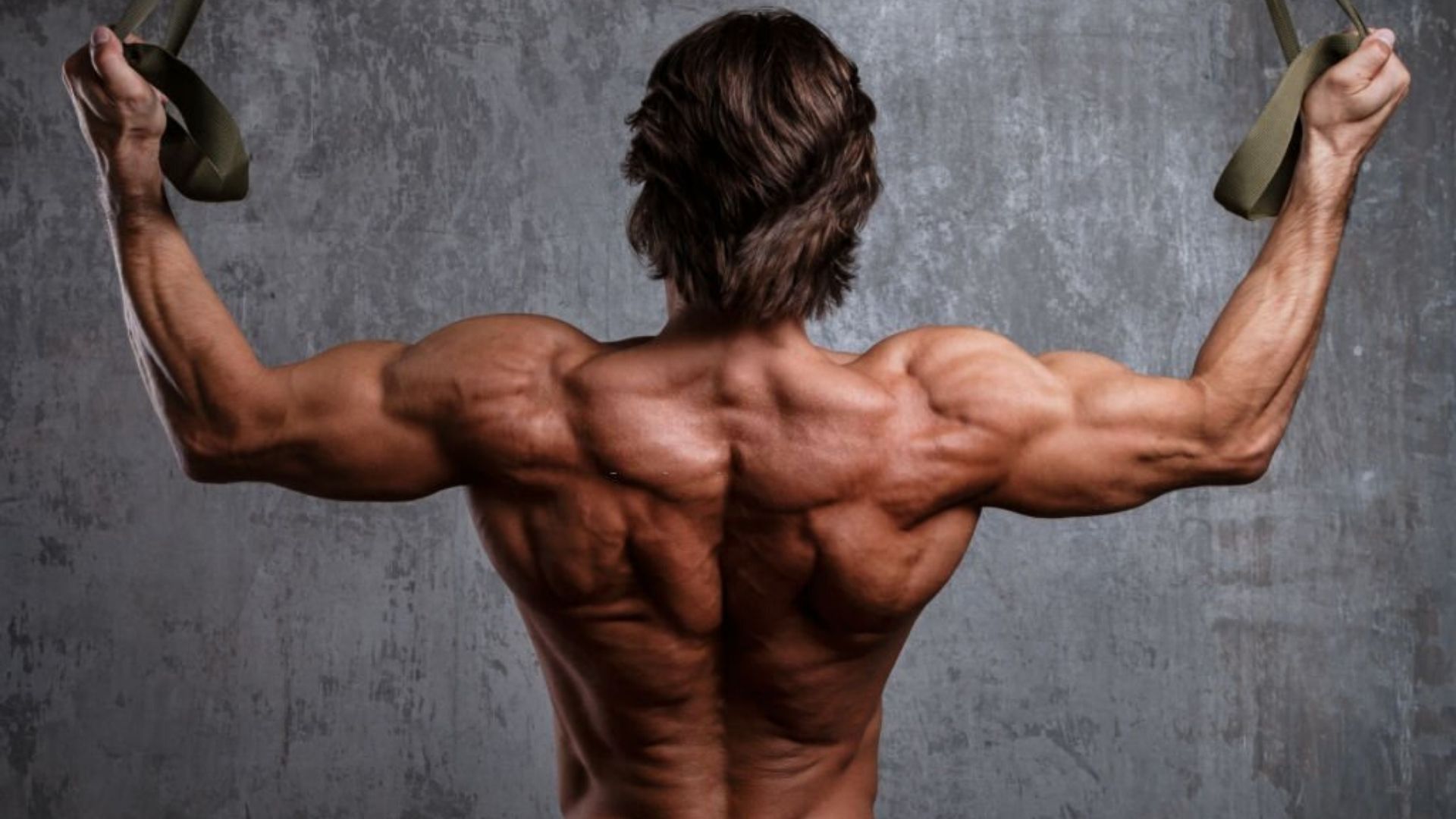
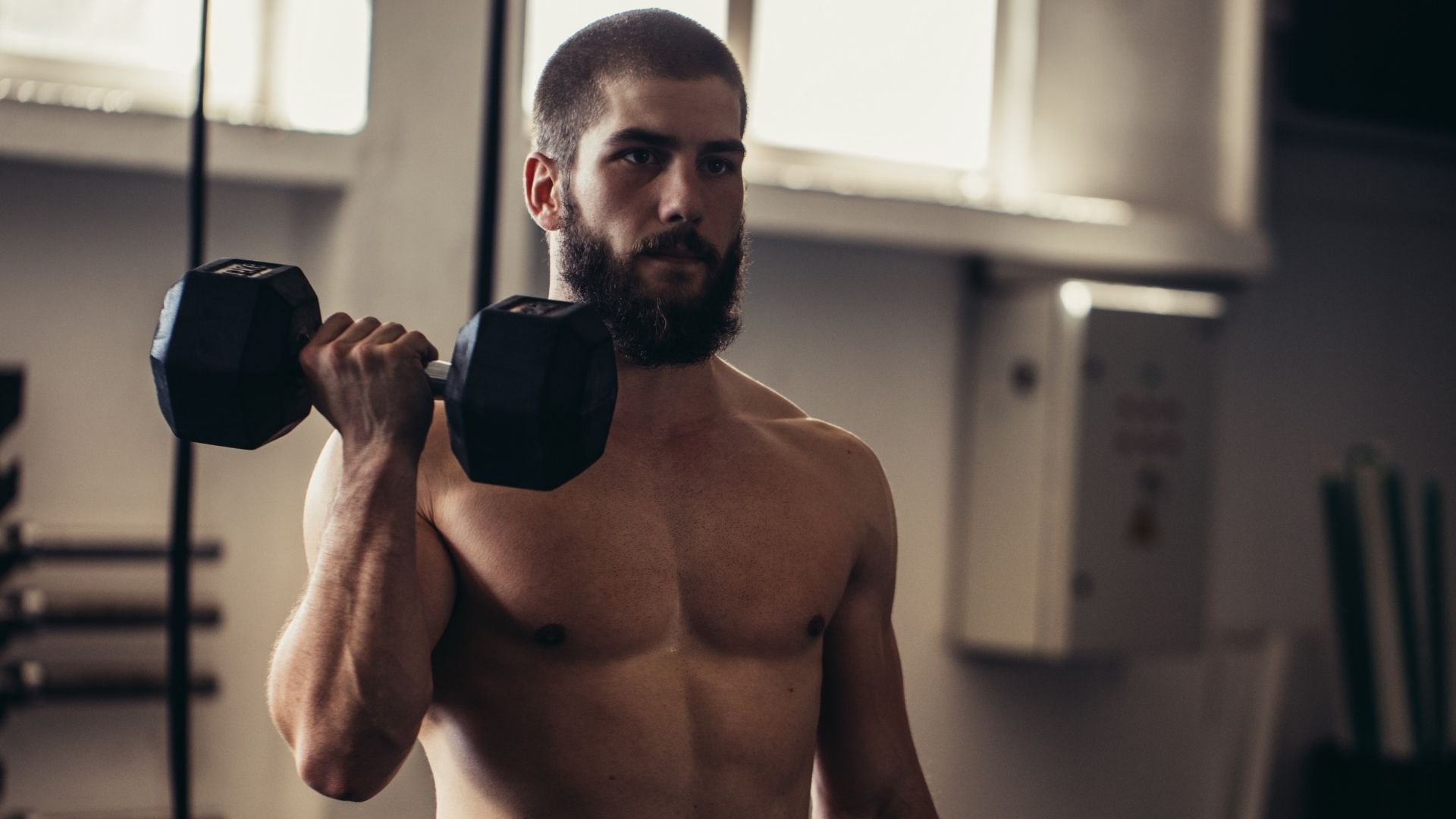
![20+ Best Calisthenic Back Exercises At Home The 21 Best Calisthenic Back Exercises [You Can Do At Home]](https://fitgag.com/wp-content/uploads/2022/04/The-21-Best-Calisthenic-Back-Exercises-You-Can-Do-At-Home.jpg)


